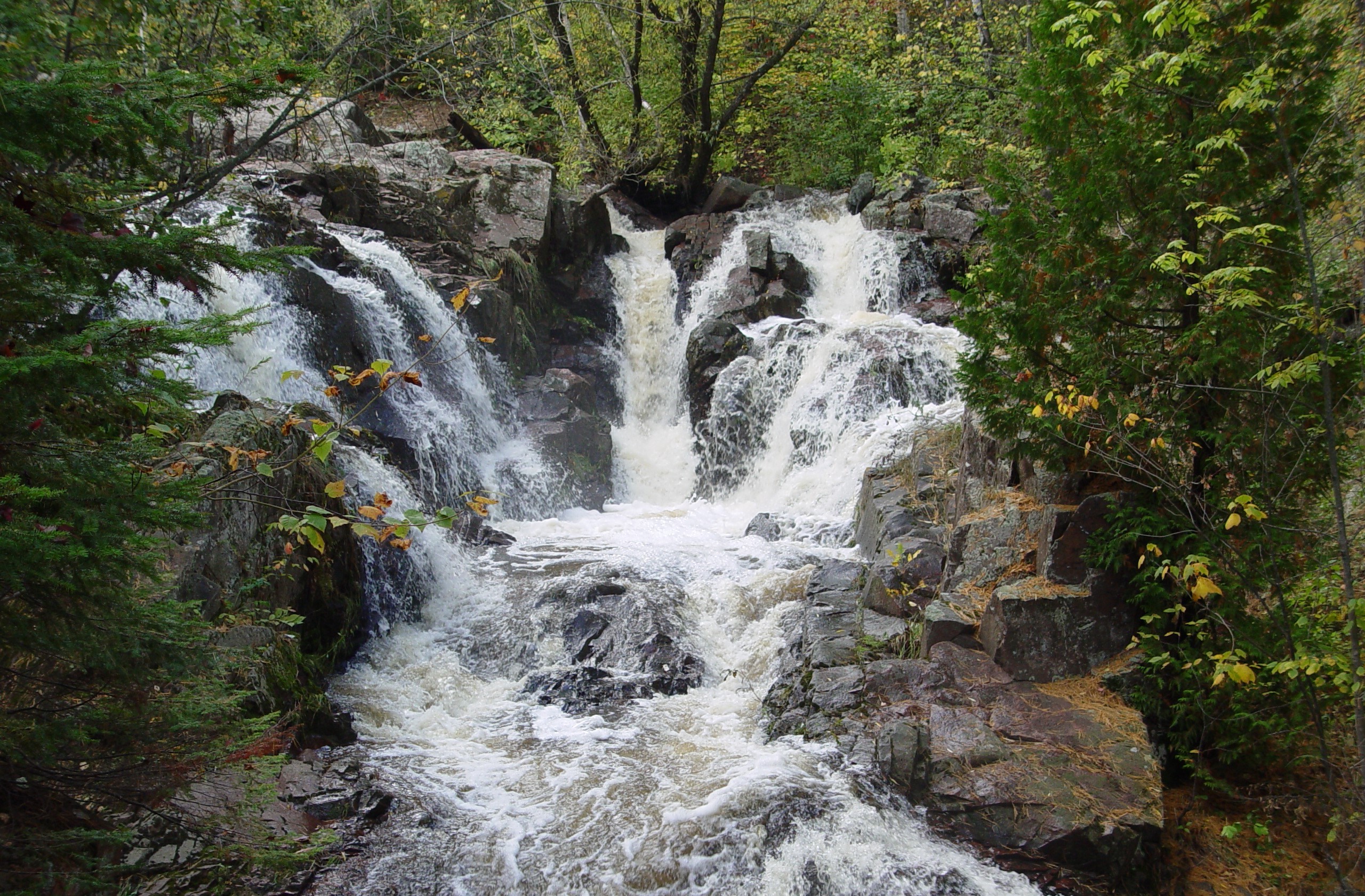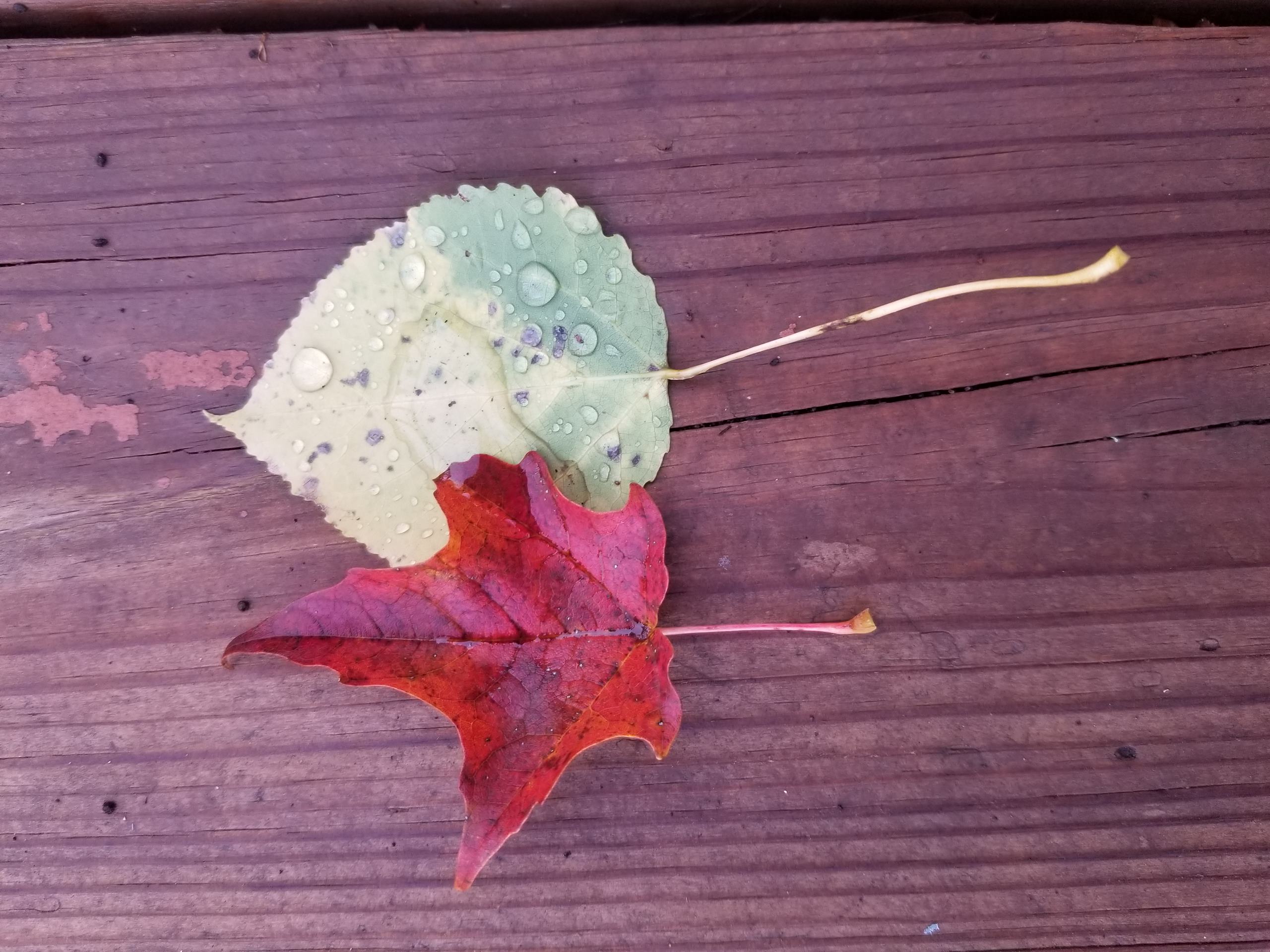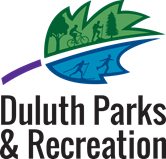City of Duluth Natural Resources Management Program

With 42 named streams, 10,000 acres of public land, an Estuary and Great Lake, land stewardship in the City of Duluth is a monumental task. So in 2018, the City’s first Natural Resources Coordinator came on board and began to coalesce information, partners, and funding to help guide the City in its efforts to be more intentional in managing the unique natural resources that characterize Duluth. At about this time, the City Forester position was re-instated to help coordinate the City’s response to Emerald Ash Borer and the Urban Tree Commission evolved into the Natural Resources Commission.
The Natural Resources Coordinator is funded by both the Parks and Recreation Division and the Parks Maintenance Division. A small budget is also available every year to be put towards small scale natural resources projects such as eradicating invasive species, developing plans or providing match for a partner’s project.
The Natural Resources Management Program Plan (NRMPP)
In 2019, the City received a generous grant from the Environmental Protection Agency/Great Lakes Restoration Initiative to develop a plan for managing the City’s natural resources. With the help of the Minnesota Land Trust, a technical team, and a consultant, the NRMPPP was completed and approved by the Natural Resources Commission and the City Council in March of 2022.
The mission of the NRMPP is to identify, assess, and invest in the most meaningful tracts of Duluth’s publicly owned open space lands in order to preserve their ecological functions and values, enhance the ecosystem services they provide, and reduce impacts of natural disasters. The NRMPP includes a set of adaptive tools designed to tell the on-going story of natural resource work in the City, document the decisions for project prioritization and strategies, and map and collect data to help us better understand the state of our natural resources.
The NRMPP is designed as a story map and can be found here: at: https://storymaps.arcgis.com/collections/a82dd3aa0ded405b8172cc03db15e7f1
You can also contact the City’s Natural Resources Coordinator at 218-580-9150 or kkubiak@duluthmn.gov for more information about the City’s natural resources management program.
The 1st Annual City/Partner Projects Review Meeting was held on October 7, 2022 and will be held annually in the fall.
Natural Resources Management - a Collaboration of Dedicated Departments and Partners
Managing the City of Duluth’s streams, wetlands, forests and coastline involves an intentional, collaborative effort among several City departments, each focusing on protecting our streams, shorelines and habitats using their unique skills and capacities. The Natural Resources Coordinator is based out of the City’s Parks and Recreation Division, but works closely with city staff in the following divisions:

The City’s Planning Division oversees environmental regulations relating to wetlands, floodplains, and shorelands. These regulations can be found in the Unified Development Code as part of the Natural Resources Overlay district. The Planning Division is also the Responsible Government Unit when an Environmental Assessment Worksheet needs to be completed for an upcoming project.
- Current Natural Resources Related Work: Collaborating with Minnesota Sea Grant to complete a Green Code Audit. This audit will review the City’s land use codes and ordinances to identify barriers to the increased use of Green Infrastructure in the City’s development standards. The project will also provide alternative language to promote the use of Green Infrastructure.
Stormwater is one of five utilities managed by the City in service to its residents. The City of Duluth is of Duluth is one of many larger Cities in Minnesota that is permitted to discharge stormwater by the MPCA. This permit is called an MS4 permit, which allows entities to discharge Stormwater from its storm infrastructure (pipes, culverts, etc) into public receiving waters (streams and lakes). Stormwater runoff is separate from sanitary sewer flows (graywater from homes and businesses); sanitary sewer flows are conveyed through a separate system to WLSSD for treatment. The Engineering division is also responsible for enforcing city regulations regarding erosion and sediment control on active construction sites and working with businesses to arrange for permanent stormwater treatment structures as part of new development sites.
- Current Natural Resources Related Work: Engineering recently received a grant from the MPCA to create a stormwater resiliency plan, which will identify vulnerable infrastructure city-wide. The grant also includes funding to conduct an in-depth study of the 32nd Ave. W. Creek Watershed, which will provide information about how water flows through this area and how the infrastructure can be improved to increase the neighborhood’s resilience to flooding and other climate impacts.
The Sustainability Officer collaborates with the Natural Resources Coordinator in areas where the Climate Action Work Plan and the Natural Resources Management Program Plan intersect. The Sustainability Office also works closely with the City Stormwater Engineer and City Forester to increase the resiliency of our community by implementing projects such as green infrastructure and urban forest preservation work that will help our community adapt to a warming climate.
- Current Natural Resources Related Work: One of the strategies of the Climate Action Work Plan is to: Fully establish the Natural Resource Management Program to sustain the ecological, cultural, and recreational values of our open space lands, and increase resiliency to climate change.
The Natural Resources Management Program is based out of the City’s Parks and Recreation Division. Many of the City’s Parks are situated around, and named for, the streams that run through them, including Chester Park, Lester Park and Keene Creek Park. The Stewardship staff also works closely with our agency partners on St. Louis River Area of Concern Projects.
- Current Natural Resources Related Work: St. Louis River Area of Concern - Perch Lake, US Steel/Spirit Lake, and Mud Lake Restoration Projects.
The City Forester is based out of the Parks Maintenance Division and, for the past few years, a majority of the forester’s time has been dedicated to removing and replacing Ash Trees that are succumbing to Emerald Ash Borer. Once the implementation of the City’s Emerald Ash Borer Management Plan is complete, there will be more capacity among staff to focus on urban forest preservation and restoration projects. With expected increased funding for tree planting coming through the Inflation Reduction Act, the City may be able to increase its urban tree canopy, especially in those parts of our community where increased tree canopy could mitigate heat island effects, increase property values or just help beautify the neighborhood.

The City is also extremely grateful to our many dedicated natural resource management partners who skillfully and thoughtfully carry out multiple large and small scale projects and planning efforts within the City. Links to some of our partners’ websites are provided below. These partners also participate in the City’s annual NRMPP Annual Meeting, held every fall.
Some of Our Dedicated Natural Resources Management Partners
- Headwaters Partnership
- Minnesota Land Trust Honors City of Duluth – Partner of the Year | Press Release (mnland.org)
South St. Louis Soil and Water Conservation District
Fond du Lac Band of Lake Superior Chippewa
Minnesota Department of Natural Resources
Minnesota Pollution Control Agency
Natural Resources Research Institute/UMD
Izaak Walton League W.J. McCabe Chapter
Minnesota/Wisconsin Manoomin Collaborative
St. Louis River Habitat Work Group

